Editor of this issue: Robert A. Vitas, Lithuanian Research & Studies Center
Copyright © 1992 LITUANUS Foundation, Inc.

|
LITUANUS
LITHUANIAN QUARTERLY JOURNAL OF ARTS AND SCIENCES
Volume 38,
No.1 - Spring 1992
Editor of this issue: Robert A. Vitas, Lithuanian Research & Studies Center ISSN 0024-5089
Copyright © 1992 LITUANUS Foundation, Inc. |

|
ELENA KEPALAS
Algimantas Kezys
EIena Kepalas was born in Vilnius, Lithuania. In 1948 she immigrated to Australia where she took courses in painting with Ludmila Meilerts. In 1957 Kepalas moved to Canada. Here she studied sculpture at the Ontario College of Art. Since 1961 she has been residing in New York City. She completed her studies at the Brooklyn Museum School of Art.
A sculptor and painter, Kepalas has exhibited her works in Australia, Canada and in the United States. She is also a dancer and a poet. In 1989 she won an award for her poem "Unlock the Door" at the Fifth Annual World of Poetry Convention in Washington, D.C.
The bronze sculptures of the 1961-70 period reflect her early years as a dancer. They emphasize the motion and form of dancing figures and possess a certain theatrical vitality. While seeing her sculpture as dance-related she is also intrigued by the interplay of geometric and architectural shapes and relationships.
In 1972 Kepalas exhibited aluminum sculptures titled "Intervals" at the Phoenix Gallery in New York, where she was a member. This series consisted of interlocking aluminum rods to be viewed from different angles. The angle view together with reflections in the mirror resulted in "an environment of interlocking 'intervals' — verticals and diagonals, angles and triangles, repetitions and reflections" (Phoenix Gallery press release).
In her sculptures of the 1971-81 period Kepalas explored geometric forms based on architectural designs, investigating the relationship of abstract form and dynamics through constant repetition of movement and rhythm. Even the portraits of Martha Graham and of Louis Horst, who worked closely with Graham, are studies in geometric form as well as a revelation of their personalities. Besides using anthropomorphism in her abstract sculptures, Kepalas also injected metaphorical suggestions and even surrealist ideas into her art of this period.
Her pastels, drawings, acrylic paintings and mixed media works seemed to act as blueprints for future ideas to be executed in bronze, plaster, or aluminum. Her large canvas called "Metallic Sky" uses white lines on a deep blue background to give the impression that the painting is a preliminary sketch for work in progress.
Art critic Palmer Poroner, writing for Artspeak, a bimonthly gallery review, summarized Kepalas' art thus:
Kepalas' work was most expressionistic in the sixties, avantgarde then, as is her geometric/conceptual art today. Her 'Crucifixion' of the 60s is a unique, graphically dramatic, interpretation, worthy of the famous works on the subject. Elena Kepalas' bronze 'On Stage' catches the quality of early Martha Graham work with its spirit in the classics, and it is a fine document for Louis Horst, the generating force behind this pioneering modern style. Jacques Lipchitz said of Kepalas in 1970: 'She has made remarkable progress and here she is coming to you with her passionate findings/ (Artspeak, March 1, 1984).
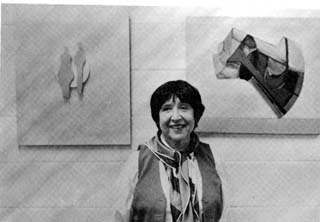
Elena Kepalas. Photo by Algimantas Kezys
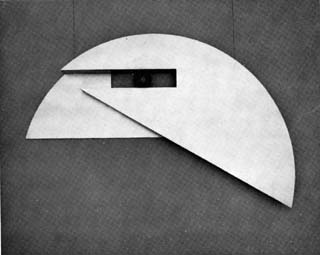
Elena Kepalas, 'Sunlight,' 1978, aluminum, 27"x42"x4"
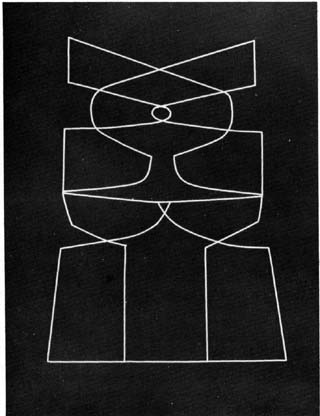
Elena Kepalas, "Drawing," 1976, acrylic, 40"x30"
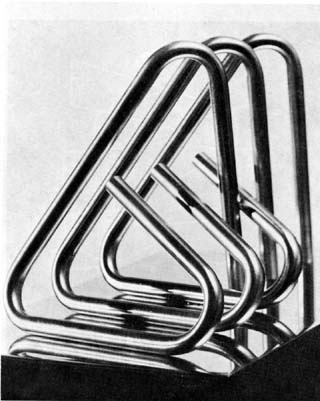
Elena Kepalas, "Interval B," 1972, aluminum, 3' high
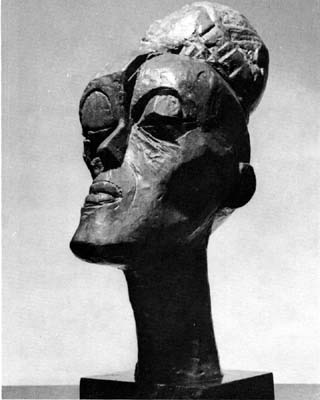
Elena Kepalas, "Martha Graham," 1966, bronze, 16" high
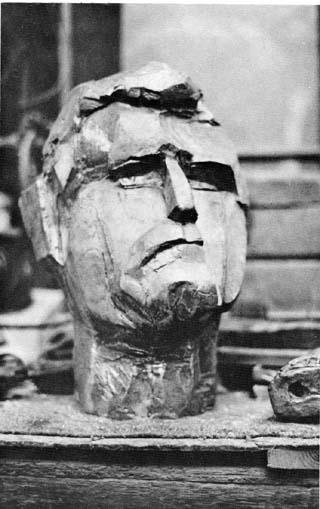
Elena Kepalas, "Bust of Robert Spring," 1989, wax, 15" high
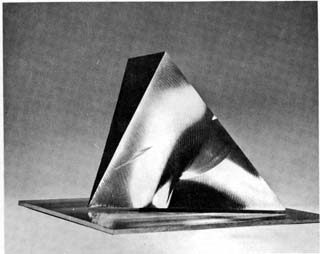
Elena Kepalas, "Pyramidal," 1974, aluminum, 7" high
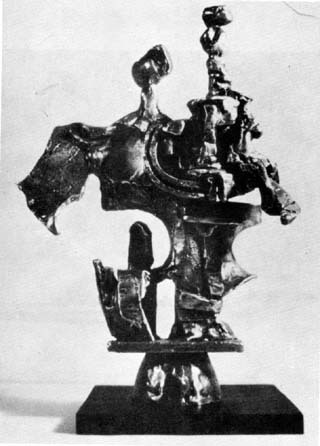
Elena Kepalas, "Surprise," 1964, bronze, 10" high